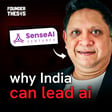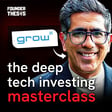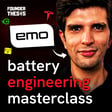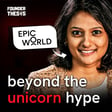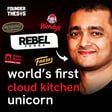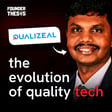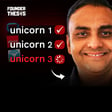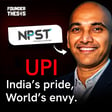
Making Robots Human | Nikhil Ramaswamy and Gokul NA @ CynLR
In this era of start-ups in India, invention, innovation, and disruption have become a reality.
Founder Thesis presents you the journey of one such duo of techies who are on a mission to enable robots with human-like vision, which could unlock endless possibilities.
In a candid conversation with Akshay Datt, Nikhil Ramaswamy and Gokul NA, Founders, CynLR, have taken us through their journeys. Nikhil was an urban boy inspired by tech revolutions while Gokul saw automation challenges at a farm & studied the impact of code on real life. After gaining experience at National Instruments, they started CynLR in 2019 and has solved 70+ industrial machine vision problems with a 100% success rate, putting it on an exponential growth trajectory.
Tune in to this episode to hear Nikhil and Gokul explain cybernetics, what the future will be with robots and how it will alter the business landscape.
What you must not miss!
- The challenges to improving Machine Vision.
- The Paradigm Shift in Robot systems Design.
- Scalability & Expansion of the CynLR Platform.





